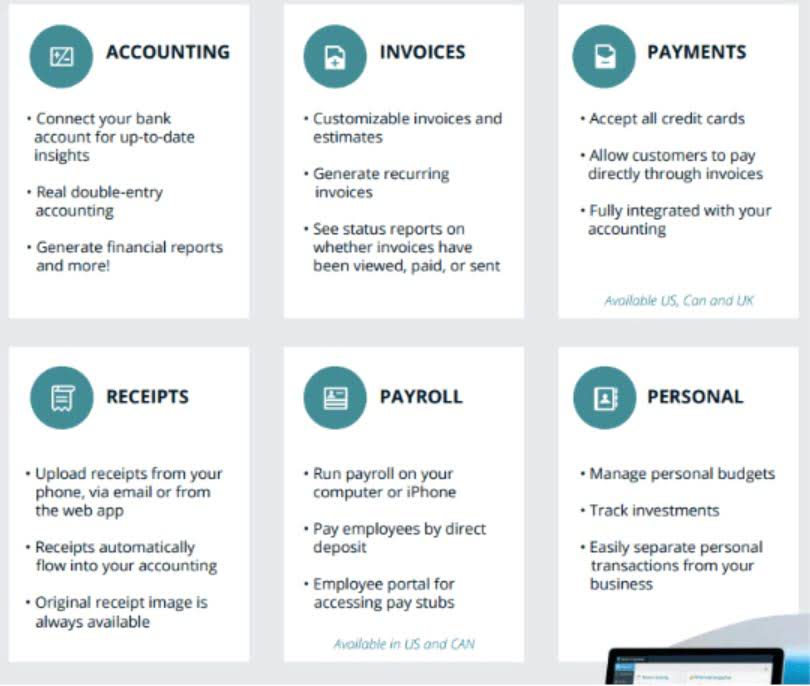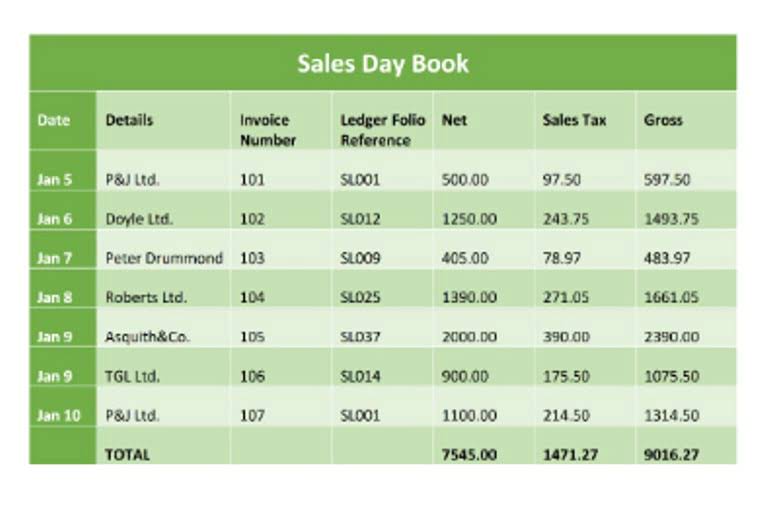
A predetermined overhead cost rate is an estimated rate used to apply overhead costs to products during the accounting period, calculated before actual costs are known. The overhead Bookkeeping vs. Accounting costs applied to jobs using a predetermined overhead rate are recorded as credits in the manufacturing overhead account. You saw an example of this earlier when $180 in overhead was applied to job 50 for Custom Furniture Company. The application rate that will be used in a coming period, such as the next year, is often estimated months before the actual overhead costs are experienced. Often, the actual overhead costs experienced in the coming period are higher or lower than those budgeted when the estimated overhead rate or rates were determined. At this point, do not be concerned about the accuracy of the future financial statements that will be created using these estimated overhead allocation rates.

Why Do Companies Use A Predetermined Overhead Rate Rather Than An Actual Overhead Rate?

They enable businesses to compare actual overhead costs with the estimated rates, identify variances, and take corrective actions if necessary. This proactive approach to overhead cost management supports better decision-making and resource allocation, ultimately contributing to the overall financial health and efficiency of the business. When this journal entry is recorded, we also record overhead applied on the appropriate job cost sheet, just as we did with direct materials and direct labor. Figure 2.6 shows the manufacturing overhead applied based on the six hours worked by Tim Wallace.
Related AccountingTools Courses
The allocation of overhead to the cost of the product is also recognized in a systematic and rational manner. The overhead is then applied to the cost of the product from the manufacturing overhead account. The overhead used in the allocation is an estimate due to the timing considerations already discussed.
Predetermined overhead rates
Notice that total manufacturing costs as of May 4 for job 50 are summarized at the bottom of the job cost sheet. Figure 8.41 shows the monthly manufacturing actual overhead recorded by Dinosaur Vinyl. As explained previously, the overhead is allocated to the individual jobs at the predetermined overhead rate of $2.50 per direct labor dollar when the jobs are complete. A predetermined overhead rate is an allocation rate that is used to apply the estimated cost of manufacturing overhead to cost objects for a specific reporting period. This rate is frequently used to assist in closing the books more quickly, since it avoids the compilation of actual manufacturing overhead costs as part of the period-end closing process.
In other words, a company’s rent will not change if they produce 1000 units in a reporting period or if they don’t produce any units. As you have learned, the overhead needs to be allocated to the manufactured product in a systematic and rational manner. This allocation process depends on the use of a cost driver, which drives the production activity’s cost.

You can envision the potential problems in creating an overhead allocation rate within these circumstances. Using a predetermined rate, companies can assign overhead costs to production when they assign direct materials and direct labor costs. Without a predetermined rate, companies do not know the costs of production until the end of the month or even later when bills arrive. If Creative Printers had used actual overhead, the company would not have determined the costs of its July work until August. It is Certified Public Accountant better to have a good estimate of costs when doing the work instead of waiting a long time for only a slightly more accurate number. Why do companies use predetermined overhead rates rather than actual manufacturing overhead costs to apply overhead to jobs?
- Nevertheless, many managers prefer to use a predetermined overhead rate because of advantages in the way of consistency.
- If the amount is material, it should be closed to three different accounts—work-in-process (WIP) inventory, finished goods inventory, and cost of goods sold—in proportion to the account balances in these accounts.
- After weighing the total costs for the period against the resulting supply, the predetermined rate is reached on a per-unit basis.
- Commonly used allocation bases are direct labor hours, direct labor dollars, machine hours, and direct materials cost incurred by the process.
- In general, management teams will divide expenses between these two categories because they provide broader insight into an accurate product cost and the manufacturing of a product.

The goal is to allocate manufacturing overhead costs to jobs based on some common activity, such as direct labor hours, machine hours, or direct labor costs. The activity used to allocate manufacturing overhead costs to jobs is called an allocation base7. Once the allocation base is selected, a predetermined overhead rate can be established. The predetermined overhead rate8 is calculated prior to the year in which it is used in allocating manufacturing overhead costs to jobs. The activity used to allocate manufacturing overhead costs to jobs is called an allocation base7 .
- Under generally accepted accounting principles (GAAP), absorption costing is required for external reporting.
- Why do companies use predetermined overhead rates rather than actual manufacturing overhead costs to apply overhead to jobs?
- Savings on utilities, operational costs and sourcing raw materials, all factor into the equation.
- Examples of manufacturing overhead costs include indirect materials, indirect labor, manufacturing utilities, and manufacturing equipment depreciation.
- If the volume of goods produced varies from month to month, the actual rate varies from month to month, even though the total cost is constant from month to month.
- Manufacturing overhead costs include all manufacturing costs except for direct materials and direct labor.
The cost of some of these items can vary based on the job or number of units produced and may require job-order costing or activity-based costing. Underapplied overhead13 occurs when actual overhead costs (debits) are higher than overhead applied to jobs (credits). Note that the manufacturing overhead account has a debit balance when overhead is underapplied because fewer costs were applied to jobs than were actually incurred.
Selecting an Estimated Activity Base
However, the difference between the actual and estimated amounts of overhead must be reconciled at least at the end of each fiscal year. Predetermined overhead cost rates are calculated estimates used to allocate overhead costs to what is predetermined overhead rate products or services based on a chosen cost driver, such as labor hours, machine hours, or production volume. These rates are established before the production period begins and are based on estimated overhead costs and expected activity levels. Other examples of actual manufacturing overhead costs include factory utilities, machine maintenance, and factory supervisor salaries. All these costs are recorded as debits in the manufacturing overhead account when incurred.
